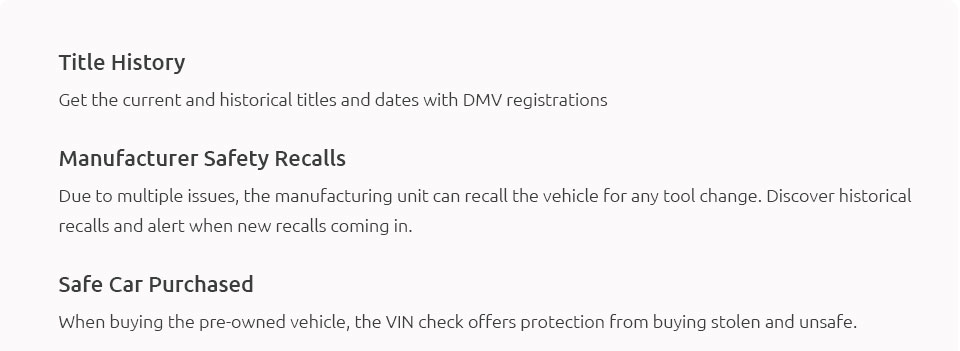 |
 |
 |
 |
 |
||
 |
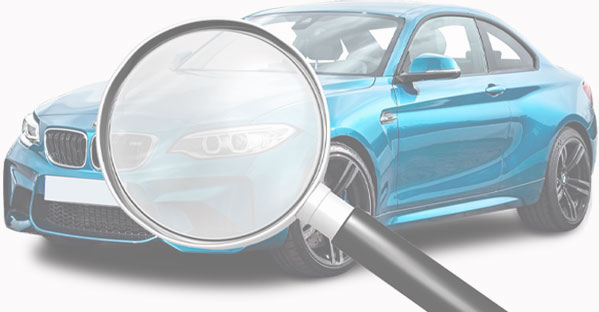 |
|
 |
 |
|
 |
 |
 |
 |
||
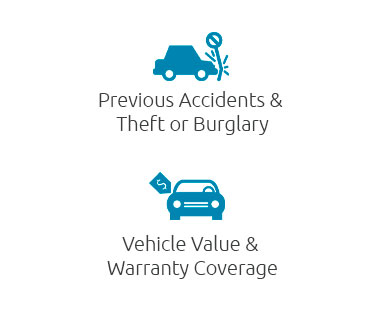 |
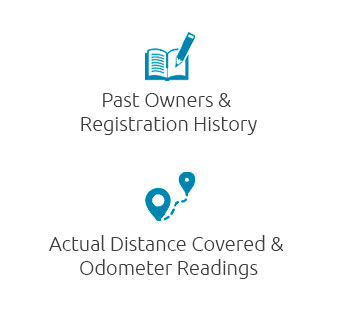 |
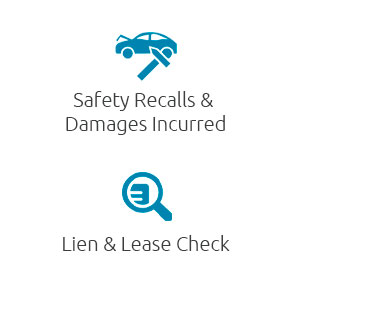 |
 |
 |
 |
||||
|
||||
 |
 |
Unlocking the Secrets of Your Car: How to Check Features by VINIn the modern age of automotive innovation, the Vehicle Identification Number, commonly referred to as the VIN, stands as a pivotal element in unraveling the mysteries of any vehicle. Why, you might ask, is the VIN so critical? It is essentially the car's DNA, a unique 17-character code that reveals a treasure trove of information about the vehicle's features, history, and specifications. By delving into this code, one can unveil a comprehensive overview of the car, akin to reading its biography. But how does one go about this seemingly cryptic process? Let's explore the step-by-step journey of checking car features by VIN, ensuring you approach this task with both confidence and precision. First and foremost, locating the VIN is paramount. Typically, this number can be found on the driver's side dashboard, visible through the windshield, or on the driver's side door jamb. Once identified, the next step involves utilizing online VIN decoding services. These platforms are designed to interpret the intricate details embedded within the VIN. Many of these services offer free basic reports, while more detailed insights might require a nominal fee. Among the popular choices are websites like Carfax and AutoCheck, which provide detailed breakdowns of the car’s features, manufacturing details, and sometimes even past ownership records. Now, it's crucial to understand what the VIN reveals. Each segment of the VIN has a specific purpose. The first three characters, known as the World Manufacturer Identifier, denote the vehicle’s manufacturer and country of origin. The subsequent five characters convey details about the car's model, body type, engine size, and transmission. Finally, the remaining characters serve to identify the specific vehicle, including the year and plant where it was assembled. Isn't it fascinating how much can be gleaned from these seemingly random numbers and letters? When you embark on this investigative journey, consider the subtleties of the information presented. For instance, while the VIN can reveal factory-installed features, it may not account for aftermarket modifications. Therefore, a physical inspection is advisable if precise feature details are crucial for your purposes, such as purchasing or verifying a vehicle. Additionally, some opinions suggest that VIN checks can occasionally contain errors, so cross-referencing with other sources or documentation is a wise approach. This underscores the importance of approaching VIN decoding with a critical eye. In conclusion, checking car features by VIN is not merely a practical step but an enlightening exploration into the history and essence of your vehicle. By leveraging the power of the VIN, car owners and prospective buyers alike can make informed decisions, avoiding surprises and ensuring that their expectations align with reality. So, the next time you find yourself pondering the intricacies of a vehicle, remember that the VIN is your gateway to unveiling the full narrative of your car, transforming what could be a mundane task into an engaging discovery process that enriches your understanding and appreciation of your vehicle. https://www.quora.com/How-do-you-use-a-cars-VIN-number-to-check-on-its-features
IF you are thinking how to do VIN number check, USA to find out about car's features, then this answer will help you. - Find a website to give ... https://www.vinaudit.com/check-car-features-by-vin
Simply enter a VIN below to check car features by VIN, allowing you to unlock a wealth of information about your vehicle without even setting foot in a ... https://f30.bimmerpost.com/forums/showthread.php?t=1876656
I was able to go a BMW dealer with the vin and he was able to print off the option list for my used car. Back. All times are ...
|

